Mickey Hansen
AP Music Theory 🎶
72 resourcesSee Units
How do we actually create musical textures? There are several strategies that composers like to use.
Texture in the Bass Line
The first textural device we can use appears in the bass line. There are two common bass lines: Alberti bass and walking bass.
Alberti bass consists of a repeating arpeggio pattern that moves in a continuous, rolling motion. It is typically played on a keyboard instrument, such as a piano or harpsichord, and is used to provide a sustained and harmonically rich accompaniment to a melody. The pattern is usually played in the left hand while the right hand plays the melody.
The standard Alberti bass pattern consists of a broken chord in which the notes are played in a descending order, starting with the root of the chord, then the fifth, then the third, and finally the root again. The pattern then repeats, starting on the next chord in the progression. This creates a smooth, flowing accompaniment that can provide a sense of forward momentum and momentum to a piece of music.
Here’s what an Alberti bass might look like
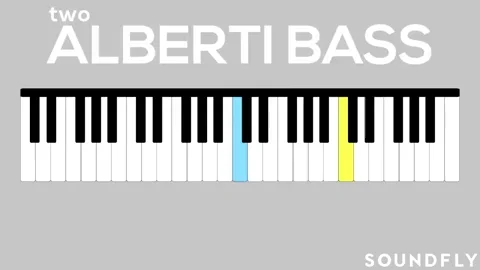
- Walking bass: a bass line that "walks" through the tones of a scale for each corresponding chord.
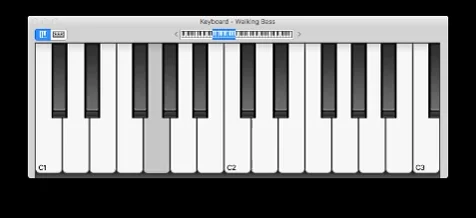
- Imitation: new musical material that repeats previous melodic material, but can be transposed or inverted, retaining its original character.
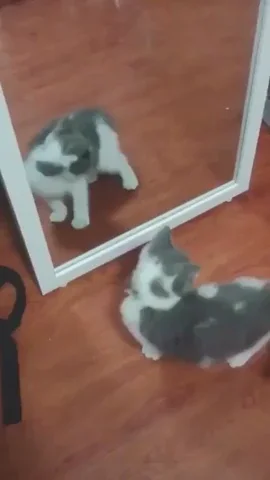
- Countermelody: played simultaneously to the principal melody and used as a complementary voice.

- Solo: strut your stuff, you're the only one in spotlight! A solo can be joined by background music or nothing at all.

- Soli: the plural form of a solo in Italian 🇮🇹, which means many people taking a solo together.
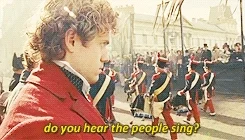
- Accompaniment: When there is a solo going on, the rest of the musicians performing background supportive music is called accompaniment.

- Doubling: when a musical part is copied and played simultaneously in another voice or instrument.

- Ostinato: a continually repeated rhythmical or musical passage.
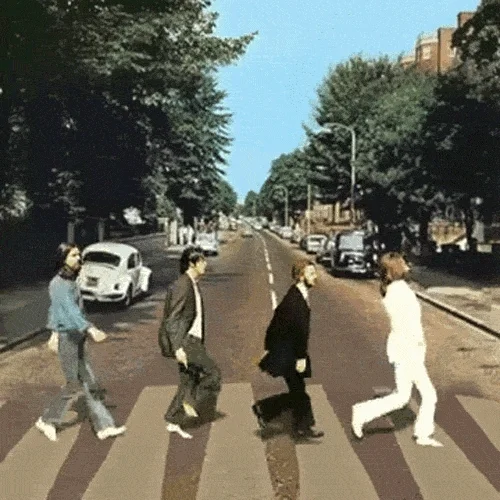
- Tutti: another Italian 🇮🇹 word that means all voices or instruments are making music together.

🦜 Polly wants a progress tracker: If you are singing in a school choir, what are the various textures that you may encounter in your own vocal part?
Browse Study Guides By Unit
🎵Unit 1 – Music Fundamentals I (Pitch, Major Scales and Key Signatures, Rhythm, Meter, and Expressive Elements)
🎶Unit 2 – Music Fundamentals II (Minor Scales and Key Signatures, Melody, Timbre, and Texture)
🎻Unit 3 – Music Fundamentals III (Triads and Seventh Chords)
🎹Unit 4 – Harmony and Voice Leading I (Chord Function, Cadence, and Phrase)
🎸Unit 5: Harmony and Voice Leading II: Chord Progressions and Predominant Function
🎤Unit 7 – Harmony and Voice Leading IV (Secondary Function)
📝Exam Skills
📆Big Reviews: Finals & Exam Prep

Fiveable
Resources
© 2023 Fiveable Inc. All rights reserved.